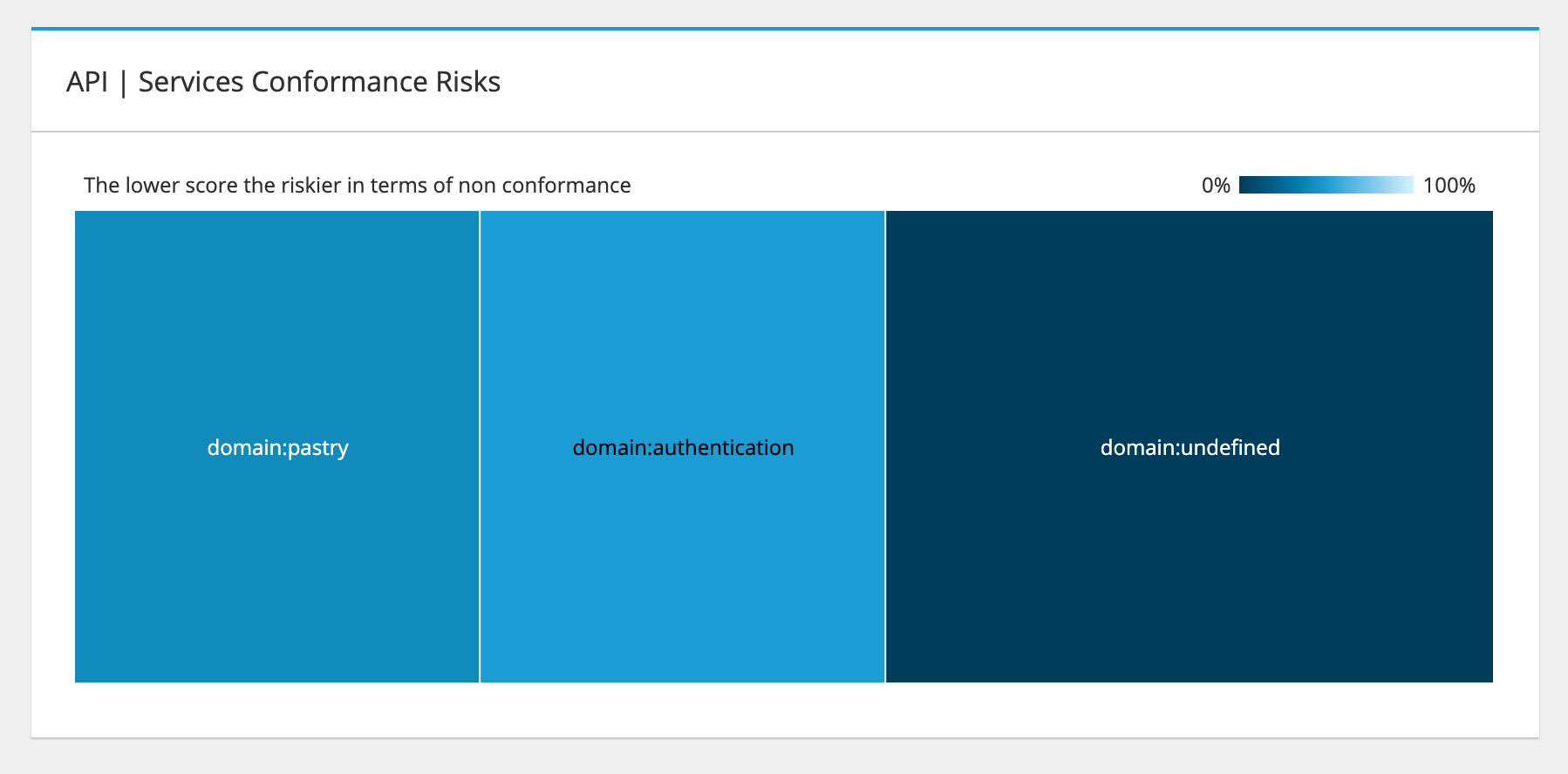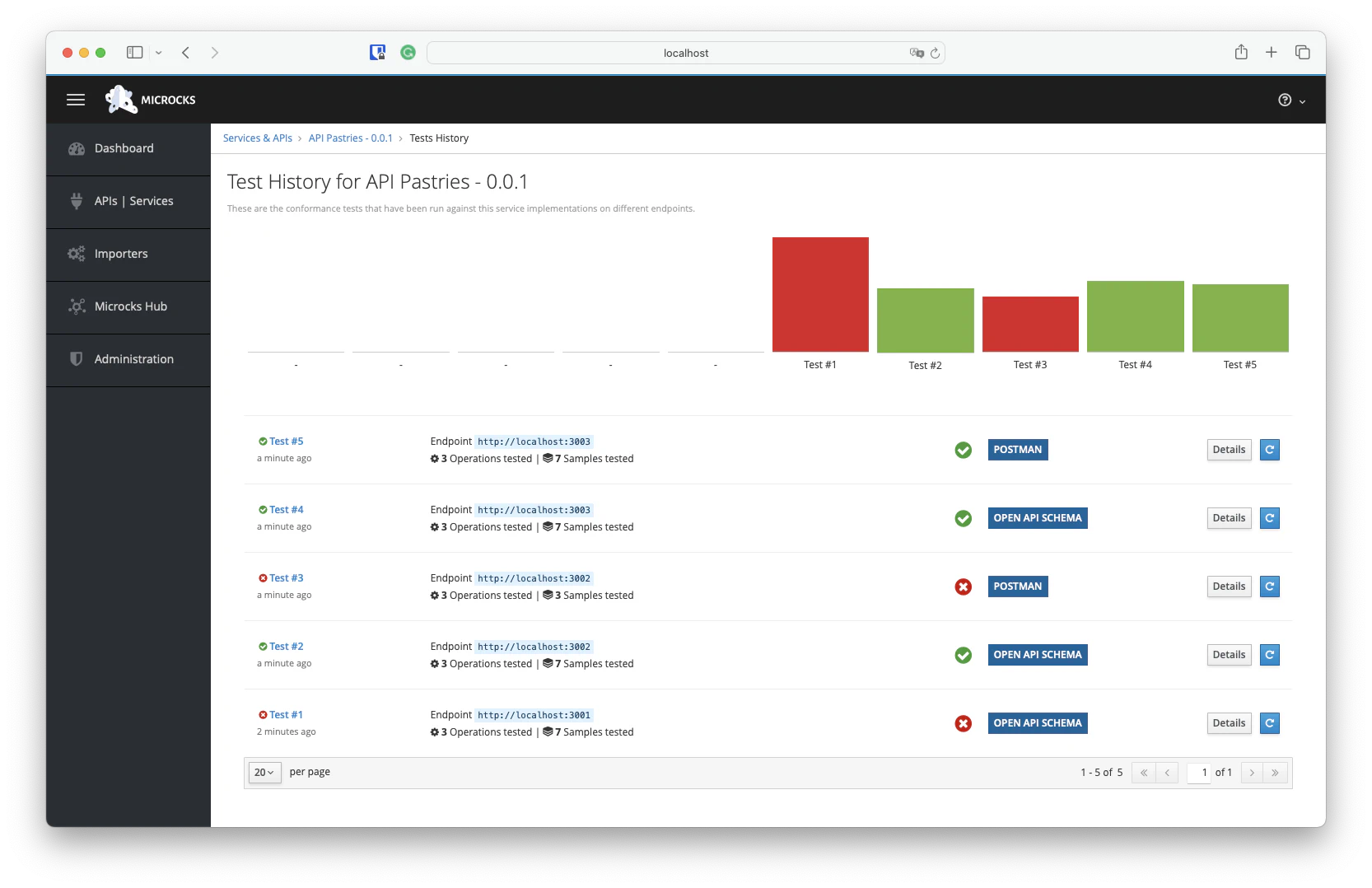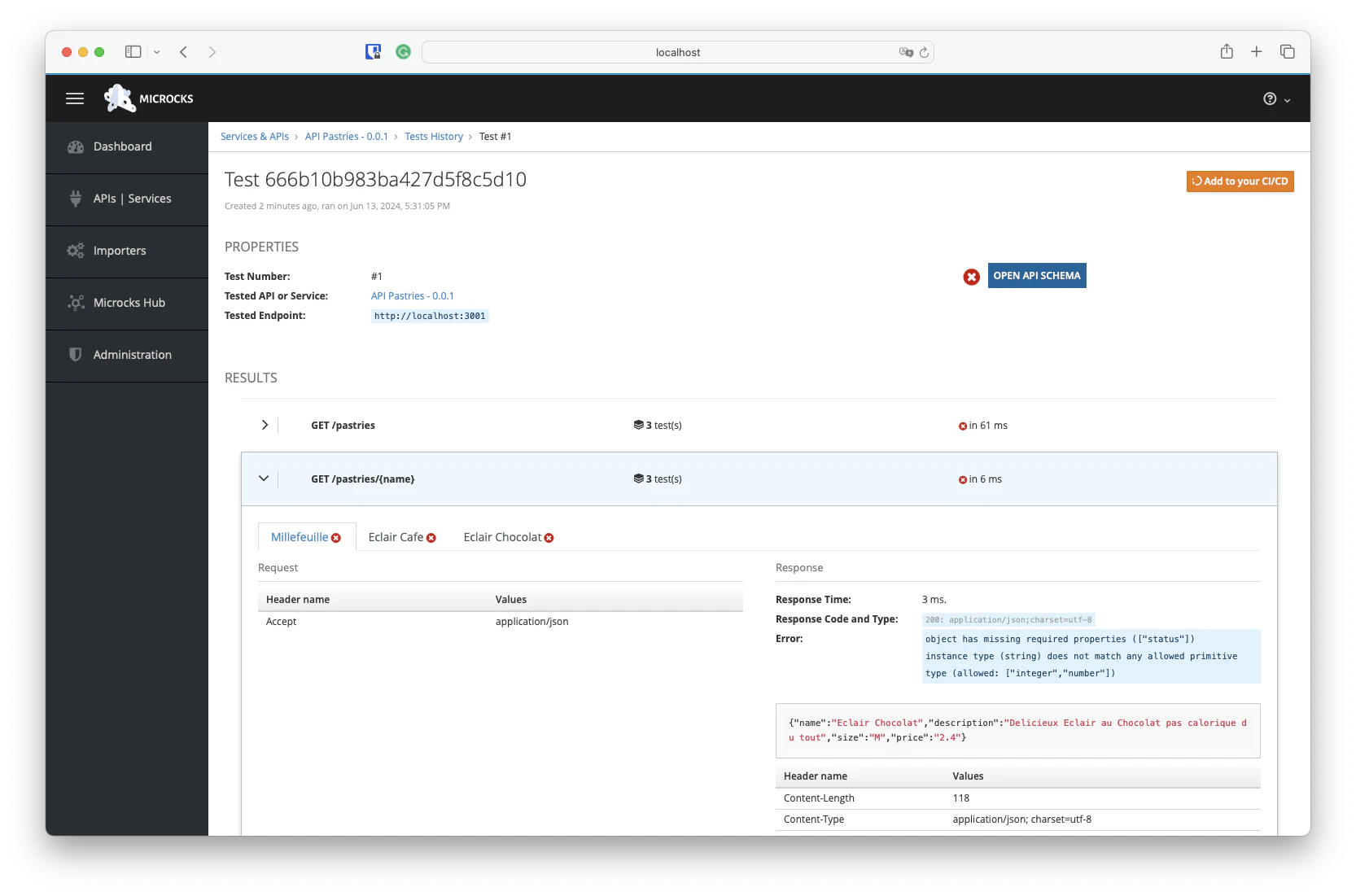Conformance testing
🗓️ Last updated on June 13, 2024 | 3 | Improve this pageIntroduction
It is likely you experienced the painful situation of deploying to production only to find out that an API or Services you integrate with has broken its contract. How can we effectively ensure this does not happen?
As introduced in Main Concepts , Microcks can be used for Contract conformance testing of API or services being under development. You spend a lot of time describing request/response pairs and matching rules: it would be a shame not to use this sample as test cases once the development is on its way!
You find on the internet many different representations of how the different testing techniques relates to one another and should be ideally combine into a robust testing pipeline. At Microcks, we particularly like the Watirmelon representation below. Microcks clearly allows you to realize Automated API Tests and focus more precisely on Contract conformance testing.

The purpose of Microcks tests is precisely to check that the Interaction Contract - as represented by an OpenAPI or AsyncAPI specification, a Postman collection or whatever supported Artifact - consumer and producer agreed upon is actually respected by the API provider. In other words: to check that an implementation of the API is conformant to its contract.
💡 If you want to learn more on this topic and to get into the details on how Microcks is different from other contract-testing or conformance testing solutions, we got you covered! We recommend having a read of this two articles: Microcks and Pact for API contract testing and Different levels of API contract testing with Microcks
Conformance metrics
In order to help you getting confidence into your implementations, we developed the Conformance index and Conformance score metrics that you can see on the top right of each API | Service details page:

The Conformance index is a kind of grade that estimates how your API contract is actually covered by the samples you’ve attached to it. We compute this index based on the number of samples you’ve got on each operation, the complexity of dispatching rules of these operation and so on… It represents the maximum possible conformance score you may achieve if all your tests are successfull.
The Conformance score is the current score that has been computed during your last test execution. We also added a trend computation if things are going better or worse comparing to your history of tests on this API.
Once you have activated labels filtering on your repository and have ran a few tests, Microcks is also able to give you an aggregated view of your API patrimony in termes of Conformance Risks. The tree map below is displayed on the Dashboard page and represents risks in terms of average score per group of APIs (depending on the concept you chose it could be per domain, per application, per team, …)

This visualization allows you to have a clear understanding of your conformance risks at first glance!
Tests history and details
Tests history for an API/Service is easily accessible from the API | Service summary page . Microcks keep history of all the launched tests on an API/Service version. Success and failures are kept in database with unique identifier and test number to allow you to compare cases of success and failures.

Specific test details can be visualized : Microcks also records the request and response pairs exchanged with the tested endpoint so that you’ll be able to access payload content as well as header. Failures are tracked and violated assertions messages displayed as shown in the screenshot below :


Still Didn’t Find Your Answer?
Join our community and get the help you need. Engage with other members, ask questions, and share knowledge to resolve your queries and expand your understanding.
Join the community